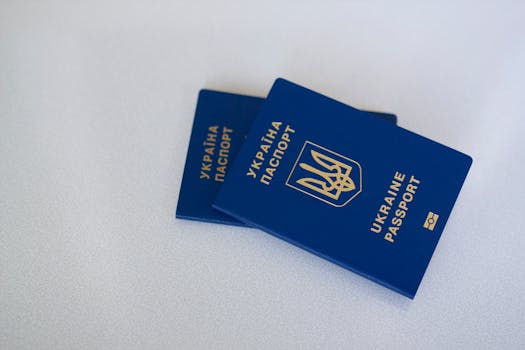“
Mindfulness Practices for Stress Relief: A Comprehensive Guide
Mindfulness practices for stress relief have become increasingly popular in recent years, and for good reason. With the demands of modern life, it’s easy to get caught up in a cycle of stress and anxiety. However, by incorporating mindfulness practices into your daily routine, you can reduce stress and improve your overall well-being.
What is Mindfulness?
Mindfulness is the practice of being present in the moment, paying attention to your thoughts, feelings, and sensations without judgment. It’s about cultivating awareness and acceptance of the present moment, rather than dwelling on the past or worrying about the future. For more insights on personal growth, check out our post on Unveiling the Radiant Allure of WordPress.
Benefits of Mindfulness for Stress Relief
The benefits of mindfulness for stress relief are numerous. Some of the most significant advantages include:
- Reduced stress and anxiety
- Improved mood
- Enhanced focus and concentration
- Better sleep quality
- Increased self-awareness
Mindfulness Practices for Stress Relief
There are many mindfulness practices that can help with stress relief. Some of the most effective include:
- Meditation: Meditation involves focusing your attention on a single point, such as the breath, a mantra, or a visualization. Regular meditation practice can help reduce stress and anxiety by promoting relaxation and calming the mind.
- Yoga: Yoga combines physical movement with deep breathing and meditation techniques. It can help reduce stress and anxiety by promoting relaxation, improving mood, and enhancing overall well-being. For tips on creating a serene environment, read about Creating a Cozy Atmosphere with Lighting Solutions.
- Deep Breathing Exercises: Deep breathing exercises involve focusing on the breath and breathing deeply and slowly. This can help calm the mind and body, reducing stress and anxiety.
- Progressive Muscle Relaxation: Progressive muscle relaxation involves tensing and relaxing different muscle groups in the body. This can help reduce physical tension and promote relaxation.
How to Incorporate Mindfulness into Your Daily Routine
Incorporating mindfulness into your daily routine can be simple and easy. Here are some tips to get you started:
- Start small: Begin with short mindfulness practices, such as taking a few deep breaths or practicing a short meditation.
- Make it a habit: Incorporate mindfulness into your daily routine, such as right after waking up or before bed.
- Find a quiet space: Identify a quiet space where you can practice mindfulness without distractions.
- Be consistent: Practice mindfulness regularly, ideally at the same time each day.
Conclusion
Mindfulness practices for stress relief are a powerful tool for improving overall well-being. By incorporating mindfulness into your daily routine, you can reduce stress and anxiety, improve your mood, and enhance your focus and concentration. Remember to start small, make it a habit, find a quiet space, and be consistent. With regular practice, you can experience the many benefits of mindfulness for yourself. For more on personal development, explore our article about The Impact of Climate Change on Global Ecosystems.
See more:
https://www.mindful.org/
https://www.yogaalliance.org/
https://www.headspace.com/


